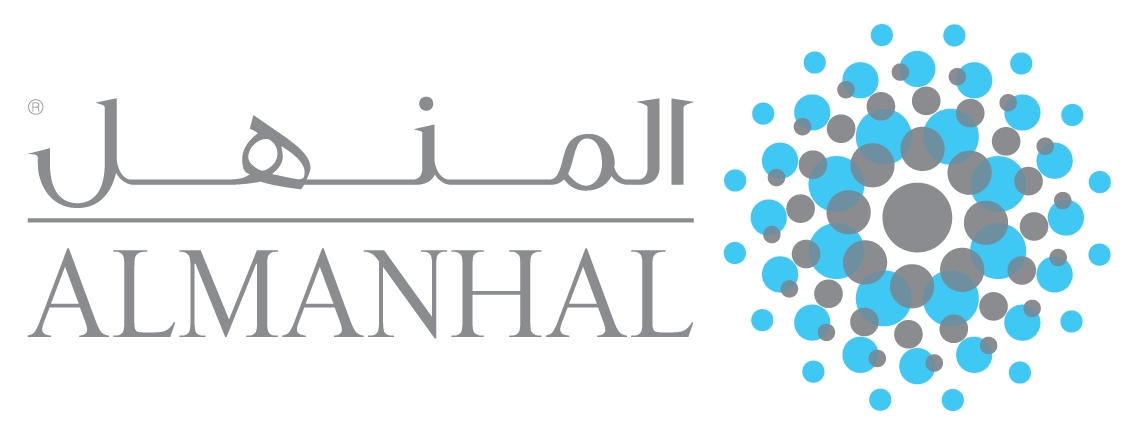Liquidity Risk Management - A Study of Islamic Financial Institutions in Nigeria
DOI:
https://doi.org/10.31436/jif.v6i2.217Abstract
This paper investigates short run and long run impact of specific determinant factors on liquidity risk of Islamic Financial Institutions in Nigeria. The study employs econometric methods such as unit root tests, Auto Regressive Distributed Lag (ARDL) model and error correction model to deeply investigate the issue. The empirical findings reveal the existence of the cointegration as well as short run and long run causality relationship between the determinant factors and liquidity risk. It was also found that about 83% of the past period liquidity risk deviation are from long-run equilibrium with the determinant factors which restore back in the current period. The research findings support short-long run economic theory and recommend development of regulatory framework as well as establishment of special purpose institutions that would manage short-long run liquidity risk of IFIs.
Keywords: Framework, IFIs, short run, long run, ARDL model, Error correction model, liquidity risk, determinant factors.
Downloads
References
Akhtar, M. F., Ali, K., & Sadaqat, S. (2011). Liquidity risk management: a comparative study between conventional and Islamic banks of Pakistan. Interdisciplinary Journal of Research in Business, 1(1), 35-44.
Akkizidis, I., & Khandelwal, S.K. (2008) Financial risk management for Islamic and finance. UK. Palgrave Macmillian. DOI:10.1057/9780230598751
Anam, S., Hasan, S. B., Huda, H. A. E., Uddin, A., & Hossain, M. M. (2012). Liquidity risk management: a comparative study between conventional and Islamic banks of Bangladesh.
Banks, E. (2014). Liquidity risk: Managing funding and asset risk.(2nd ed.). UK. Palgrave, Macmillan.
Castagna, A., & Fede F. (2013). Measuring and managing liquidity risk. The United Kingdom. John Wiley & Sons Ltd.
Drehmann, M., & Nikolaou, K. (2010). Funding Liquidity Risk: definition and measurement. Working paper series, N0. 1024. European Central Bank.
Gujatai, D.N., & Porter, D.C. (2009). Basic econometrics(5th ed.). New York. McGraw-Hill Irwin Companies, Inc.
IFN Country Analysis – Nigeria. (2016 April, 27). Nigeria: Promising Progress. Malaysia: REDmoney.
IFSB Standard-12., Malaysia. (2012). Guiding Principles on Liquidity Risk Management for Institutions ( other than Insurance institutions) offering only Islamic Financial services Islamic.
Jedidia, K., and Hichem, H. (2010). Determinants of Liquidity Risk in Islamic Banks: A Panel Study. Islamic Management and Business 7(16), 137-146.
Jenkins, P. H., & Katircioglus, S. T. (n.d). The bound test approach for cointegration and causality between financial development, international trade, and economic growth: The case of Cyprus.
Khan, T., & Ahmed, H. (2001) Risk management: An analysis of issues in Islamic financial industry. Jeddah, Saudi Arabia. Islamic Research and Training Institute, Islamic Development Bank. Occasional paper (5).
Mohd Ariffin, N. (2012). Liquidity risk management and financial performance in Malaysia: empirical evidence from Islamic banks. Aceh International Journal of Social Sciences, 1(2), 77-84.
Nikolaou, K. (2009). Liquidity Risk Concepts: Definitions and Interactions. Working paper series No 1008. European Central Bank.
Pesaran, M.H., & Pesaran, B. (1997). Working with Microfit 4.0 Interactive Econometric Analysis, Oxford.Oxford University Press.
Salem, R. A. (2013). Risk management for Islamic Banks. U.K: Edinburgh University Press Ltd.
Studenmund, A.H., & Johnson, B.K. (2016). Using econometrics: A practical guide(7th ed.). New York: Pearson education Limited.
Wahyudi, I., Rosmanita, F., Prasetyo, M.D., & Putri, N.S.(2015). Risk management for Islamic banks: recent developments from Asia and Middle East. The United Kingdom.United Kingdom: John Wiley & Sons Ltd.












